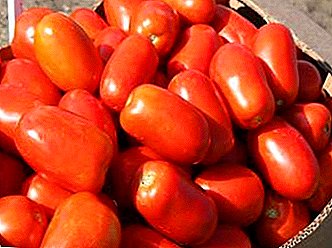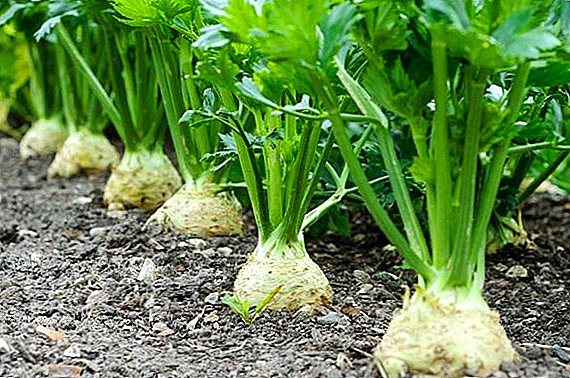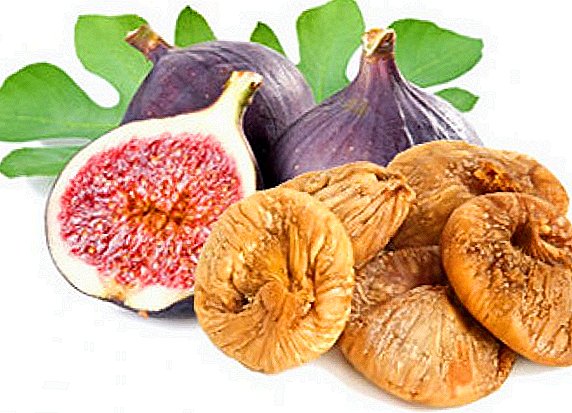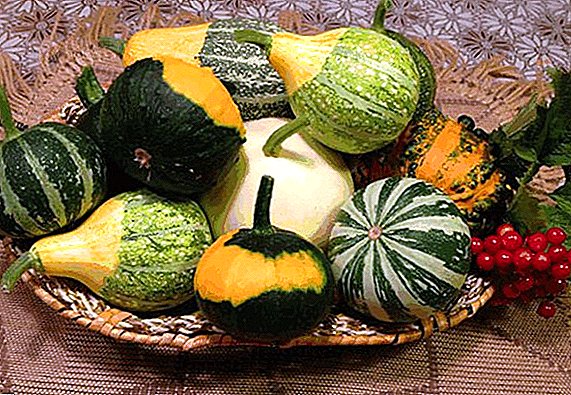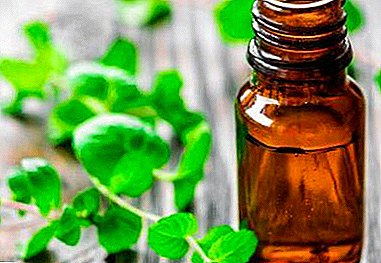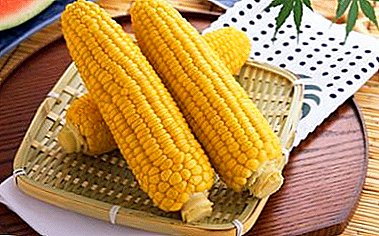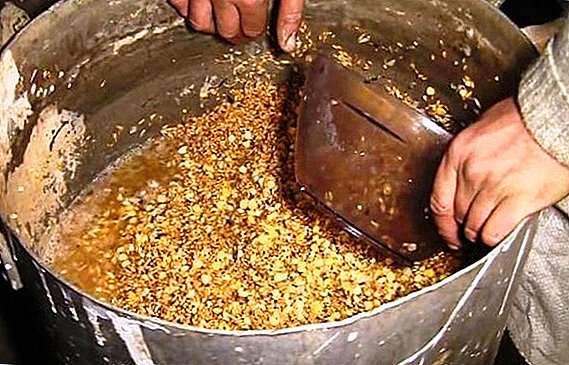 Today, there are various types of feed for chickens, but a special place among them is taken by the mash, giving the birds a feeling of satiety and enriching their body with essential elements.
Today, there are various types of feed for chickens, but a special place among them is taken by the mash, giving the birds a feeling of satiety and enriching their body with essential elements.
Let's find out more about this kind of food for poultry.
What is mash
So called boiled or steamed mixture. As a rule, it includes vegetables, grain (whole or shredded), mixed feed, oilcake and other additives important for chicken.
Learn what types of feed for chickens are, how to prepare feed for chickens and adult chickens.
Leftovers from the host's table are also added to this mixture - apart from introducing diversity into the diet of chickens, this makes feeding cheaper. 
Blender is a wet food in which water, yogurt or skimmed milk is used as a humidifier.
A large variety in the mixture enriches the diet of birds with proteins, fats, vitamins and carbohydrates in sufficient proportion to support the health of birds and improve their ability to carry eggs.
Did you know? Chickens made home almost three thousand years ago in the lands of present-day Ethiopia.
Features of cooking mash
Blender allows you to balance the diet of domestic birds, so properly prepared mixture is essential for the health of birds.
Despite the fact that the preparation of the mixture is quite simple, this process, as well as the actual feeding itself, have some features that we will talk about. 
The composition quickly sours and thus provokes digestive upset in birds, so mash must be done only once and as much as necessary.
Important! Poultry should eat mash no later than 3-4 hours from the moment of its preparation. Optimal - give mash to the birds immediately after preparation.
If domestic birds are fed twice a day, then the mixture should be given in the morning - then it is better absorbed. The mixer in the feeders is filled up so that it fills only one third of the feeder, otherwise the chickens will throw the components on the ground.
The mash should be eaten up in half an hour to forty minutes. If chickens eat it faster, then you need to provide them with an additive, if it remains - the amount of feed should be reduced.
Compound feed or mash
There is no consensus on this question, since both one and the other types of food have their advantages and disadvantages. Consider them. 
Pros and cons of feed
The advantages of this feed include:
- low cost;
- no need for preparation, which saves time;
- the ability to long-term storage - feed can be purchased immediately and for the whole season.
But there are also disadvantages:
- the inability to check the quality of the feed;
- the need to mix with other feed to maintain the overall performance of the hens;
- the need to add vitamin supplements.
Find out what should be included in the diet of chickens, how to feed laying hens, how much feed a layer chicken needs per day, whether it is possible to feed laying hens with bread, how to germinate wheat for laying hens correctly.
Pros and cons of mash
The advantages of this type of feed:
- naturalness;
- availability of ingredients - they are almost all in the household;
- You can always check the quality and make sure that there are no harmful and toxic components.

Cons of the mash:
- duration in preparation - the process takes about an hour;
- quickly deteriorates;
- in certain cases it is more expensive feed.
How to cook
In summer and winter, the demand for nutrients in chickens varies, so the mash must be prepared based on the needs of the poultry.
Consider as an example the recipes of cooking mash in summer and winter.
Important! It is necessary to provide the poultry with continuous access to clean water. Per day for one chicken you need 200-250 ml, and water should be changed in 2-3 days.

Summer recipe
Food in the summer is characterized by a significant number of green components.
For a good summer mash will need (grams per 1 bird):
- potatoes, greens, roots - 50;
- grains - 45;
- bran, oatmeal - 20;
- legumes - 5;
- makuha, meal, fodder yeast - 7;
- yogurt - 10;
- bone meal - 5;
- chalk - 3;
- fish oil - 1;
- salt - 0.5.
Step-by-step recipe:
- Boil the unpeeled potatoes, then cool and chop.
- Simultaneously with potatoes, you can boil carrots or beets, zucchini, overripe cucumbers from the garden.
- Add liquid (clabber).
- Pour the crushed grains or their mixtures, bran, salt, flour (fish or bone), soybean meal or sunflower meal. You can add the remains of boiled fish.
- Cut the greens - nettle, dandelion, mountaineer, meadow clover, alfalfa, wheat grass, onion leaves, cabbage, carrots, garlic, radish.

It should be remembered that a third of the mass of the summer mash should be liquid.
Did you know? An egg in the body of a laying hen forms only one day.
Winter recipe
In winter, when fresh greens are in short supply, factory premixes are added to the mash to enrich the diet of chickens, maintain their health and save egg production.
For the preparation of the winter mixture will need (grams per 1 bird):
- boiled potatoes - 100;
- grains - 65;
- bran - 10;
- legumes - 6;
- grass meal - 5-7;
- cake or meal - 7;
- thick soured milk, skimmed milk or water - 100;
- bone meal - 2;
- fish oil - 1;
- salt - 0.5;
- vitamins A, E, D.

It is prepared in the same way as the summer mash, but with the difference that the liquid must be heated to a warm state, and the vitamins are added according to the instructions given to them.
Important! In the menu of poultry should not get poisonous plants - hemlock, nightshade, milestones poisonous, hellebore, autumn crocus.
Tips
To properly feed the poultry, you must adhere to the following recommendations:
- In the general diet of hens of wet feed should be no more than 65%.
- For the normal digestive process in chickens in the house a bowl is placed with gravel or coarse sand.
- In order to provide laying hens with calcium, egg shells or crushed shells should be placed in a separate container and left as a permanent dish.
- The aggressiveness and cannibalism of adult birds indicates a protein deficiency.
- If the chicken eats its own eggs, there is little calcium in the mash.
- The fearfulness and lethargy of birds indicates a deficiency of protein and vitamins of group B - meat and bone meal should be added to food and filled with meat broth.
- During the shedding, you should increase the rate of fats and proteins in the mash - add cottage cheese or yogurt. A feed fat to replace fish.
- If it is impossible to provide constant walking (for example, winter frosts), a cabbage head or a large bunch of dried nettle is hung in the hen house - the birds will bounce and peck at their particles, which, in turn, nourishes the hens with vitamins and prevents obesity.

Blender - an excellent tool in the cultivation of poultry. Natural, easy to prepare and controlled in composition, it is the key to the health and productivity of chickens.


